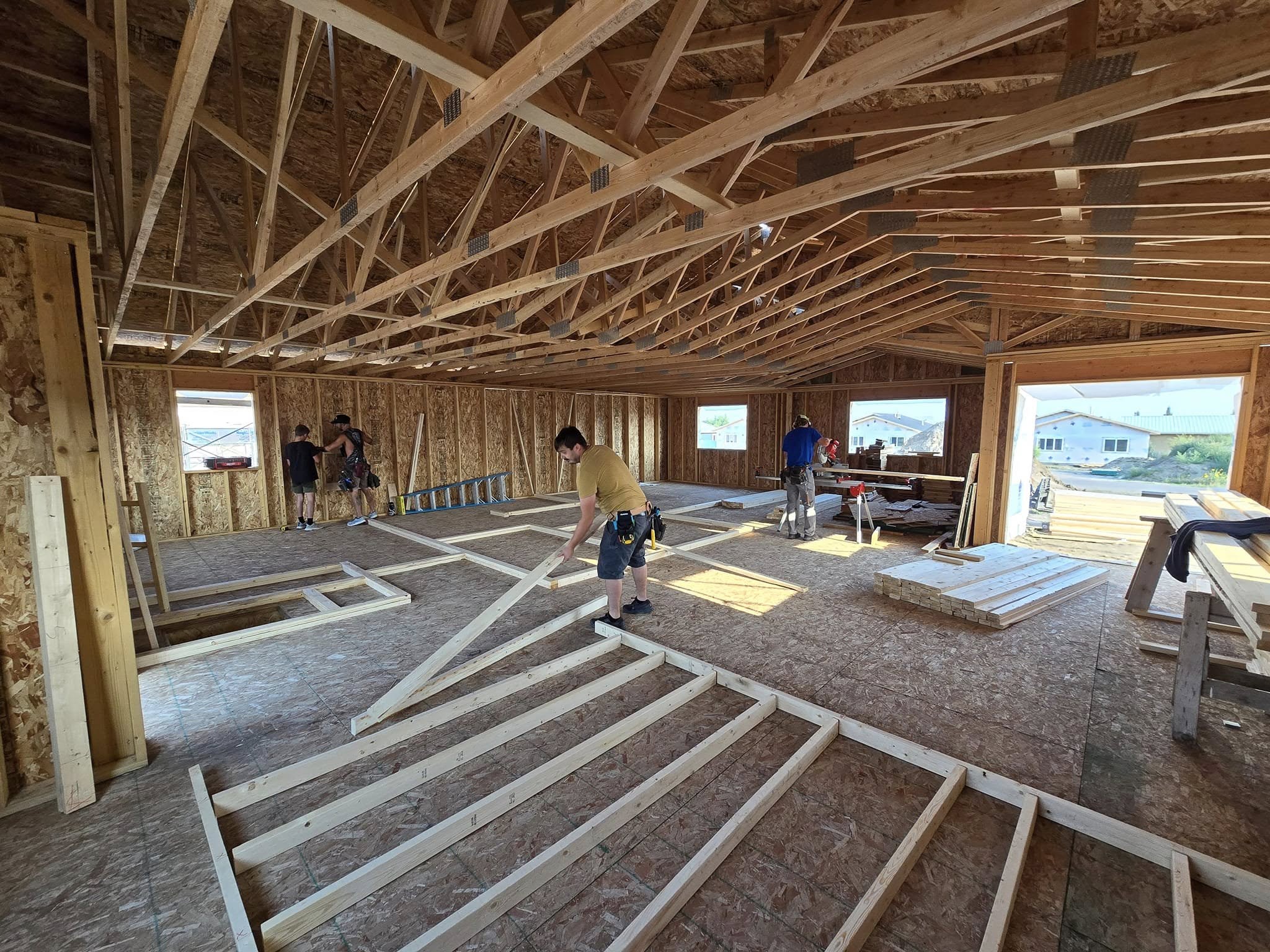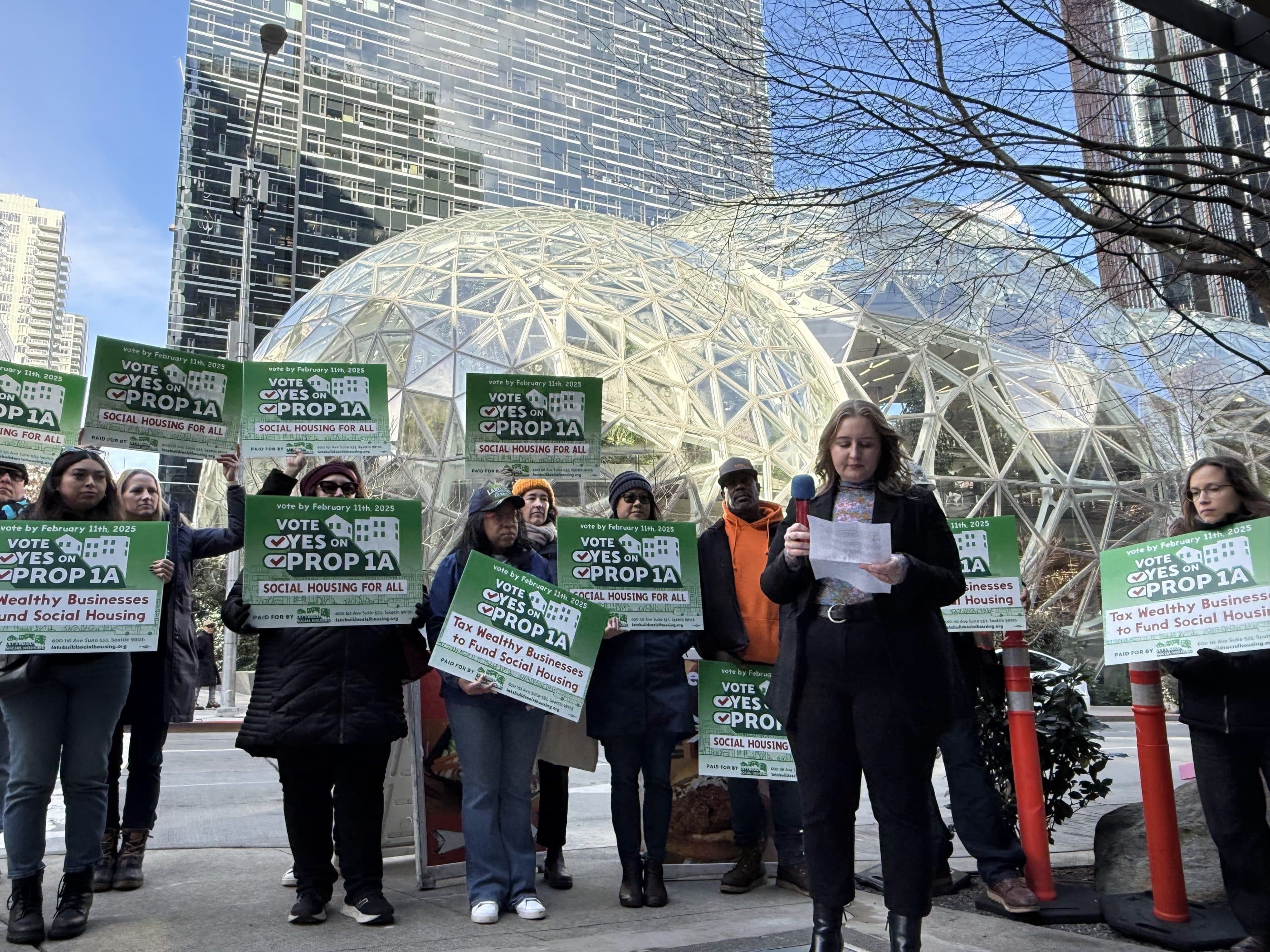The multifamily foreclosure crisis has been precipitated by a run-up in pricing for multifamily housing: between 1996 and 2008, for example, the price per unit in the Bronx increased from less than $10,000 to almost $89,000, with mortgages increasing alongside. Net operating incomes (NOIs) for rental housing, meanwhile, increased far more slowly, as increases in operating expenses kept pace with increases in market rents in many New York City neighborhoods. The increase in prices without a parallel increase in operating margins has created a growing discrepancy between market prices and the prices viable from a traditional NOI-based underwriting. A report from the University Neighborhood Housing Program describes this trend in more detail. Market prices have leveled off since 2009, but have not decreased, leaving a continuing significant discrepancy.
Several forces have accounted for this steep increase in multifamily housing prices. During the economic boom, new owners and their lenders assumed that rents would increase substantially, even in neighborhoods where average household incomes could not support higher rents. Publicly available prospectuses for commercial mortgage-backed security offerings routinely assumed tenant turnover rates of over 20 percent, while actual natural turnover rates for New York City renters are significantly lower: as of 2011, the average renter has lived in his or her home for 10 years. Assumptions about operating expenses and capital needs were similarly aggressive, understating the cost and amount of work needed to keep buildings in operating condition.
Those assumptions left many multifamily housing owners with a debt service they could not afford, followed by default and subsequent foreclosure action. These consequences have affected the quality of life for over 44,000 households—100,000 New York tenants—as day-to-day building operations are transferred to court-appointed receivers with varying levels of building operations experience, who are left running buildings with strained financials. The long foreclosure process in New York compounds the problem, contributing to deferred maintenance and threatening tenant stability.




Comments